AI in Education: 10 Real Applications of EdTech in 2025
.webp)
Far from replacing educators, AI represents sophisticated resources to amplify teachers' effectiveness and extend their reach. When implemented thoughtfully, AI serves as a valuable partner in the educational ecosystem.
This article provides a clear overview of how AI can be used in education right now. We explore applications for personalizing learning experiences, empowering teachers, reducing administrative burdens, and supporting students with diverse needs, from enhancing classroom instruction to streamlining district-wide administration.
What is AI in Education? A Foundation for School Leaders
AI in education refers to computer systems that perform tasks requiring human intelligence, such as learning, problem-solving, and understanding language. It is less like a robot teacher and more like a highly advanced assistant that can analyze data, recognize patterns, and adapt to individual student needs faster than any human. These systems continuously improve by learning from interactions and feedback.
Key Types of AI Used
Several AI forms are making significant inroads in education today:
- Adaptive Learning systems adjust content difficulty and type in real-time based on a student's performance. If a student masters a concept, the system advances them to more challenging material. If they struggle, it provides additional support or presents the information differently.
- Generative AI tools (like ChatGPT) can create new content, such as draft lesson plans, customized practice questions, or differentiated reading materials. They produce human-like text based on specific prompts, helping teachers develop tailored resources.
- Predictive Analytics uses AI to analyze student data patterns to forecast outcomes. These systems identify students at risk of falling behind, allowing early intervention before minor struggles become major obstacles.
Goal of AI Integration
The primary goal of integrating AI into education isn't technology for technology's sake. Instead, it is to create more efficient, effective, and equitable learning environments for all students. AI tools should serve educational objectives, enhancing personalization, extending teacher capacity, and ensuring every student receives the support they need. When implemented thoughtfully, AI can help schools overcome systemic challenges while maintaining their core mission.
Application 1: Creating Personalized Learning Paths for Students
AI’s powerful application in K-12 is its ability to move beyond the traditional one-size-fits-all educational model. Teachers know that students learn differently, yet the limitations of one teacher for 25-30 students have made true personalization nearly impossible. AI is changing this.
Tailoring Content with Adaptive Learning Platforms
Adaptive learning platforms use algorithms to assess student performance and adjust instruction. When a student interacts with these systems, the AI observes how quickly they master concepts, where they struggle, and which content formats (videos, text, interactive exercises) yield the best results. This ongoing analysis allows the system to build a comprehensive learner profile.
The AI customizes the learning path in real time based on this profile. If a student masters fractions quickly but struggles with decimals, the system provides additional practice and alternative explanations for decimals while accelerating the student through fractions. This ensures students are working in their "zone of proximal development," challenged enough to grow but not overwhelmed.
AI Tutoring and 24/7 Homework Support
AI-powered tutoring systems are revolutionizing student help outside the classroom. These intelligent systems provide immediate, step-by-step guidance for homework or independent study difficulties. Unlike traditional tutoring, constrained by scheduling and availability, AI tutors are accessible anytime, anywhere, giving students support when needed.
For example, an AI tutor can break down the solution process, offer hints instead of answers, and adapt based on the student's responses when a student gets stuck on a math problem at 8 PM. This high-dosage tutoring significantly improves student outcomes, especially for those at risk of falling behind due to limited access to academic support outside school hours.
Enabling Scalable Differentiated Instruction
For teachers, differentiating instruction for a diverse classroom has always been a challenge. AI helps by automatically grouping students based on their mastery levels and learning needs.
An AI-powered learning platform can simultaneously deliver remedial content to students needing foundational support, grade-level content to the middle group, and enrichment activities to advanced learners, all within the same classroom period. Meanwhile, teachers receive dashboards showing each student's progress, highlighting areas for human intervention. This allows educators to focus their limited time on high-impact instructional moments and personalized coaching, rather than managing multiple learning tracks.
Application 2: Empowering Teachers and Reducing Administrative Burnout
Teacher burnout has reached crisis levels, with administrative tasks consuming more of educators' time. According to the EdWeek Research Center, teachers spend an average of 13 hours per week on administrative tasks, time that could go to instruction, student support, or professional development. AI for teachers offers solutions to reclaim this time and redirect it toward activities that impact student learning.
Automating Grading and Instant Feedback
AI excels at evaluating objective assessments like multiple-choice quizzes, true/false questions, and defined-answer math problems. These systems can grade hundreds of assignments in seconds, providing immediate results to teachers and students. This rapid feedback loop allows students to identify and correct misconceptions before they become entrenched, while teachers gain immediate insights into class performance.
Advanced AI can now evaluate short-form written responses for factual accuracy, concept comprehension, proper citation, grammar, and coherence. Human review remains essential for nuanced assignments, but AI can handle routine assessments and provide first-pass feedback on essays, freeing up hours of teacher time weekly. Some systems can generate customized comments addressing common errors, streamlining the feedback process.
Co-Piloting Lesson Planning and Content Creation
Generative AI is transforming how teachers prepare for instruction by serving as a creative collaborator in lesson planning. Instead of starting from scratch, educators can prompt AI tools with specific parameters. For example, they might say, "Create three engaging opening activities for a 7th-grade lesson on photosynthesis" or "Develop a differentiated worksheet on fractions with three difficulty levels." The AI produces draft materials that teachers can refine and customize.
This approach is valuable for developing inclusive materials. For instance, a teacher can ask an AI to adapt a reading passage to three different Lexile levels while preserving the core content, or to suggest multisensory approaches for teaching a concept. The teacher remains the pedagogical expert who evaluates and modifies the AI's suggestions, but the initial heavy lifting is reduced, allowing for more creative and thoughtful instruction.
Identifying Students Who Need Help
AI-driven early warning systems can identify struggling students before traditional assessments reveal their challenges. These systems can flag students who are falling behind by analyzing patterns in data, attendance, assignment completion rates, time spent on tasks, and participation changes. This allows teachers to intervene proactively, addressing small issues before they become significant obstacles. Timely intervention is critical in large classes where individual students might slip through the cracks.
Application 3: Enhancing Support for Students With Disabilities (SWD)
AI in special education offers transformative possibilities for creating inclusive and accessible learning environments. For students with disabilities, AI-powered tools remove learning barriers, provide specialized support, and ensure equitable access to educational content. These applications leverage technology to level the playing field, giving every student the tools they need to succeed.
Powering Advanced Assistive Technologies
AI has greatly improved assistive technologies:
- Speech-to-Text and Text-to-Speech: Modern AI tools offer unprecedented accuracy in converting spoken language to written text and vice versa. These tools enable independent completion of assignments and active classroom participation for students with dyslexia, visual impairments, or physical disabilities that make writing difficult. The latest versions include natural-sounding voices and can recognize speech patterns from users with speech impediments.
- Real-time Translation and Captioning: AI systems provide instant captions for classroom discussions or translate content between languages. This technology supports English Language Learners (ELLs) and deaf or hard-of-hearing students, ensuring they can access all instructional content regardless of its original format.
- Visual Aids and Content Simplification: AI can generate simplified versions of complex texts, create visual representations of abstract concepts, or break down multi-step tasks for students with processing disorders or cognitive disabilities. These tools make grade-level content accessible while maintaining academic rigor.
Customizing and Tracking IEP Fulfillment
Managing an Individualized Education Program (IEP) requires meticulous planning, implementation, and documentation. AI can streamline this by generating personalized learning activities aligned with IEP goals and tracking student progress. For example, if an IEP goal is improved reading fluency, an AI system can provide appropriate materials, measure progress through assessments, and generate reports for IEP meetings.
This technology is powerful when guided by educators specializing in SWD services and IEP fulfillment. The combination of AI's data-gathering capabilities and a special educator's judgment ensures students receive appropriate accommodations and modifications while maintaining accountability for educational outcomes. This partnership helps schools comply with special education regulations while delivering individualized support.
The Challenges and Ethical Guardrails of AI in Schools
With great power comes great responsibility. As AI tools become prevalent in education, school leaders must address important challenges and ethical considerations to ensure these technologies benefit all students equitably.
Ensuring Student Data Privacy and Security
A major concern for administrators implementing AI systems is student data privacy. These technologies collect and analyze substantial personal information, from academic performance to behavioral patterns. School leaders must vet AI vendors to ensure compliance with federal regulations like the Family Educational Rights and Privacy Act (FERPA) and state privacy laws.
Key questions include: Who owns the AI system data? How is sensitive student information protected? Are there clear data retention and deletion policies? Does the vendor share data with third parties? Schools should seek vendors with transparent privacy policies, secure data storage practices, and explicit commitments not to use student data for marketing or other commercial purposes.
Addressing Algorithmic Bias and Equity
AI systems are only as fair and unbiased as their training data. If an algorithm is developed using data from affluent schools or specific demographics, it may perform poorly in different contexts. For example, speech recognition systems struggle with regional accents or dialects, and content recommendation engines favor materials reflecting majority cultural perspectives.
School leaders must evaluate AI tools for bias and ensure they work for all students. This includes seeking diverse representation in training data, regular auditing of algorithmic outcomes for disparate impacts, and maintaining human oversight of AI decisions. Equity-centered implementation requires ongoing vigilance and a willingness to address issues as they emerge rather than assuming technology is neutral.
The Irreplaceable Human Element: Where AI Falls Short
While AI has remarkable capabilities, it cannot replicate essential aspects of teaching. Technology cannot provide authentic mentorship, build trusting relationships, inspire a passion for learning, or navigate classroom dynamics. AI lacks the emotional intelligence to recognize when a student needs encouragement versus challenge, compassion versus accountability. It cannot understand cultural contexts, personal circumstances, or the unspoken needs that human educators perceive through experience and connection.
These limitations are not technology failures but a reminder of the human nature of education. The most successful AI implementations recognize these boundaries and design systems that enhance rather than replace the human element of teaching and learning.
Conclusion
AI offers transformative possibilities for K-12 education. These possibilities range from creating personalized learning experiences to empowering teachers, streamlining administrative tasks, and providing specialized support for diverse students. These applications are present-day tools that innovative districts are implementing to address pressing challenges.
The question of how AI can be used in education has a clear answer: as a strategic partner that amplifies human capabilities rather than replacing them. When implemented thoughtfully, with attention to ethics, equity, and the role of human educators, AI becomes a powerful ally in fulfilling education's core mission.
The future of education lies in a balanced partnership between AI and human wisdom. This partnership combines technology’s benefits with skilled educators’ qualities. Together, they create environments where every student receives personalized support, engagement, and guidance to reach their potential.
For Education Leaders
Get proven strategies and expert analysis from the host of the Learning Can't Wait podcast, delivered straight to your inbox.
Let’s Work Together
We’ll review your application and get in touch!




.webp)





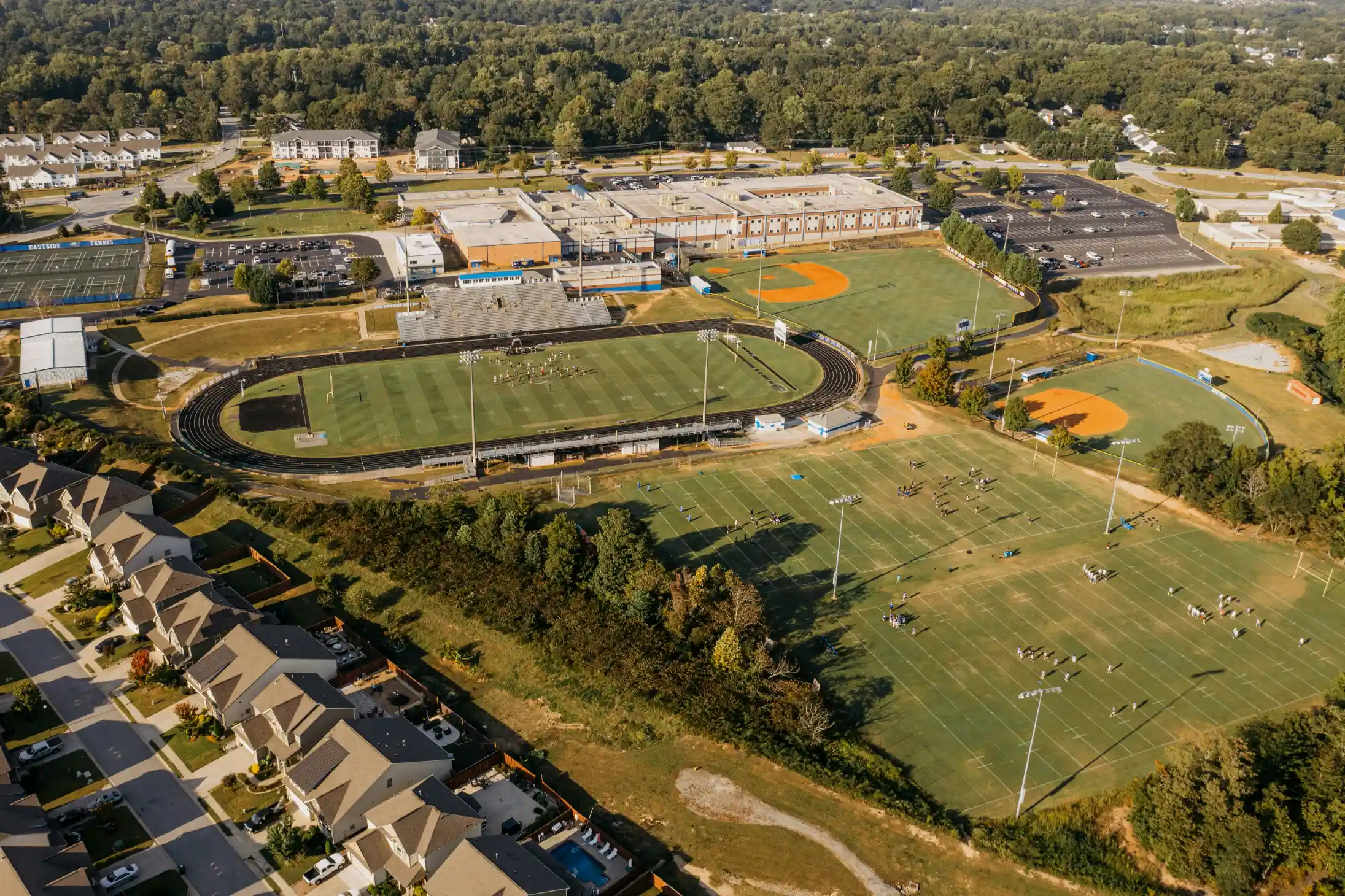







.webp)




















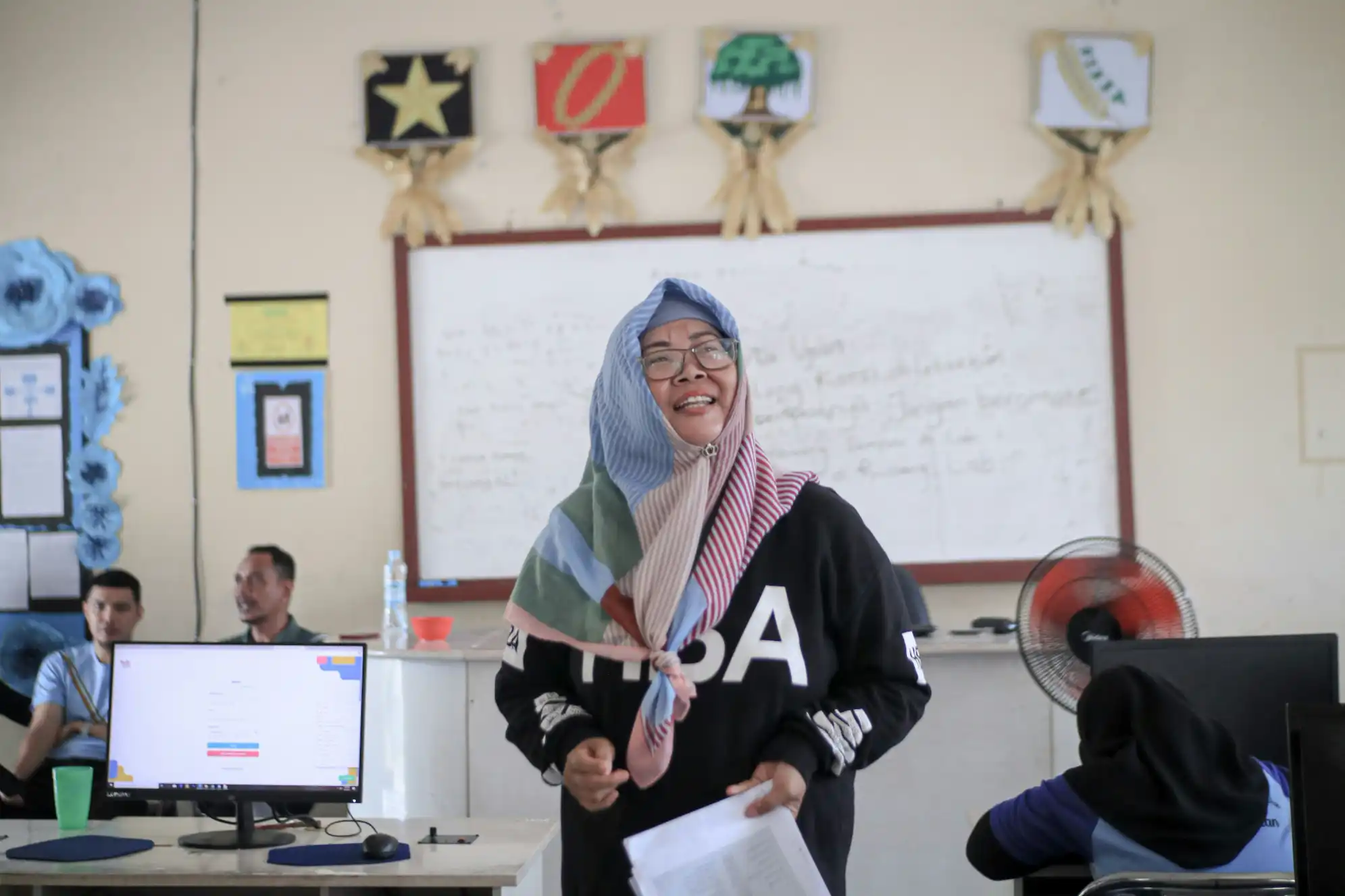









%20.webp)






















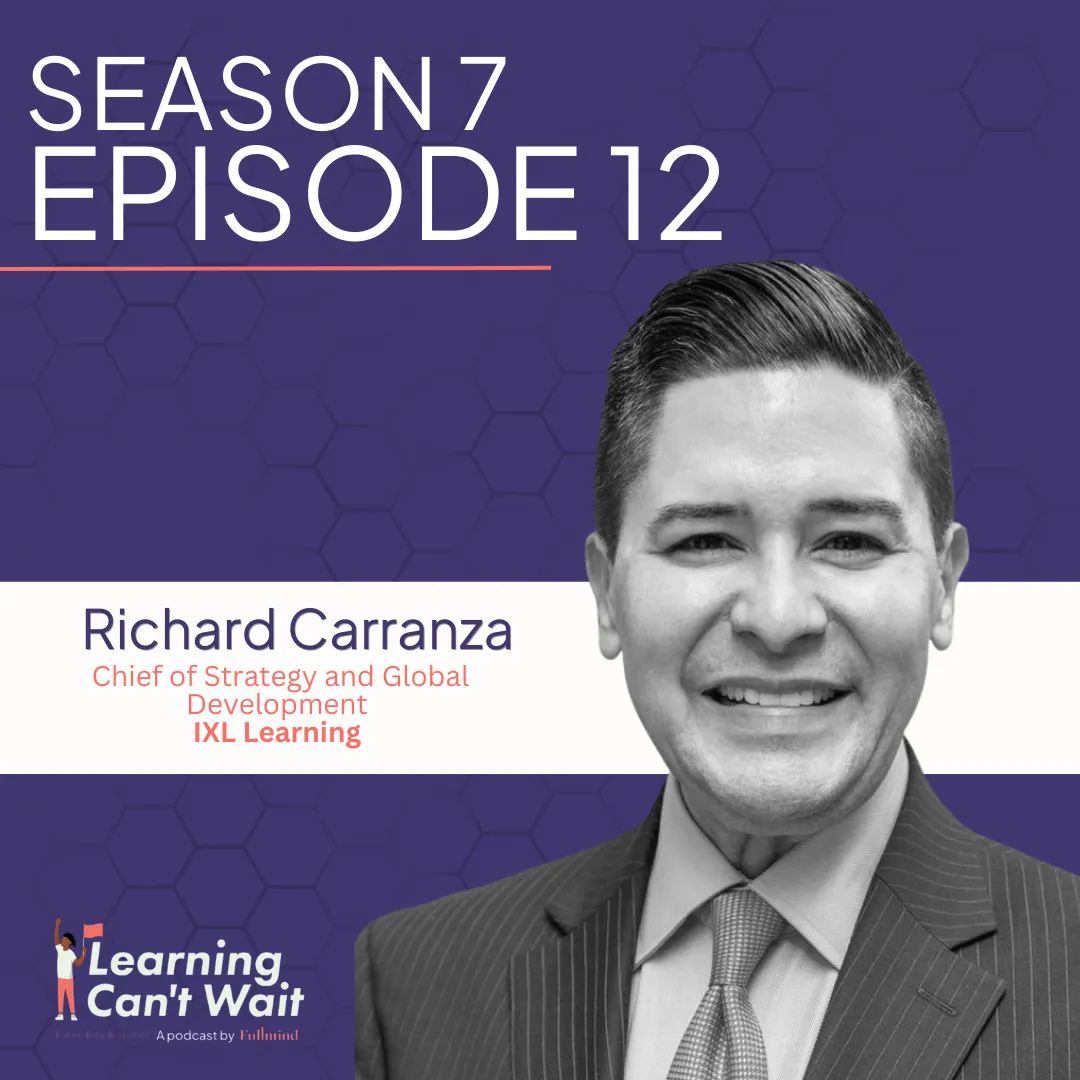







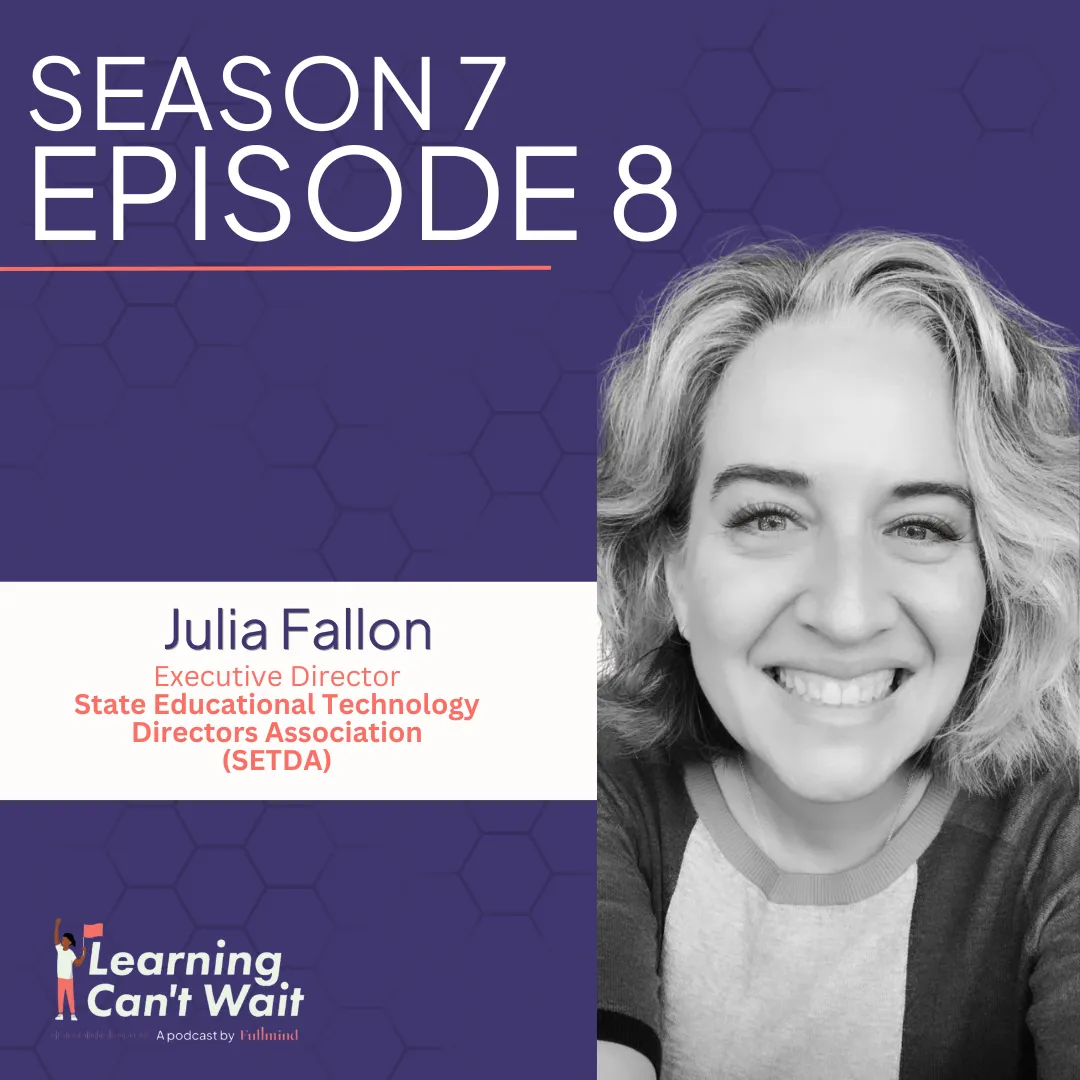




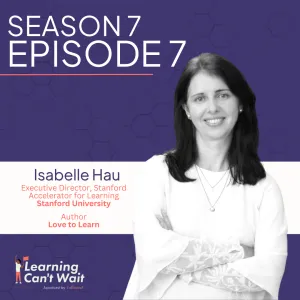

.webp)


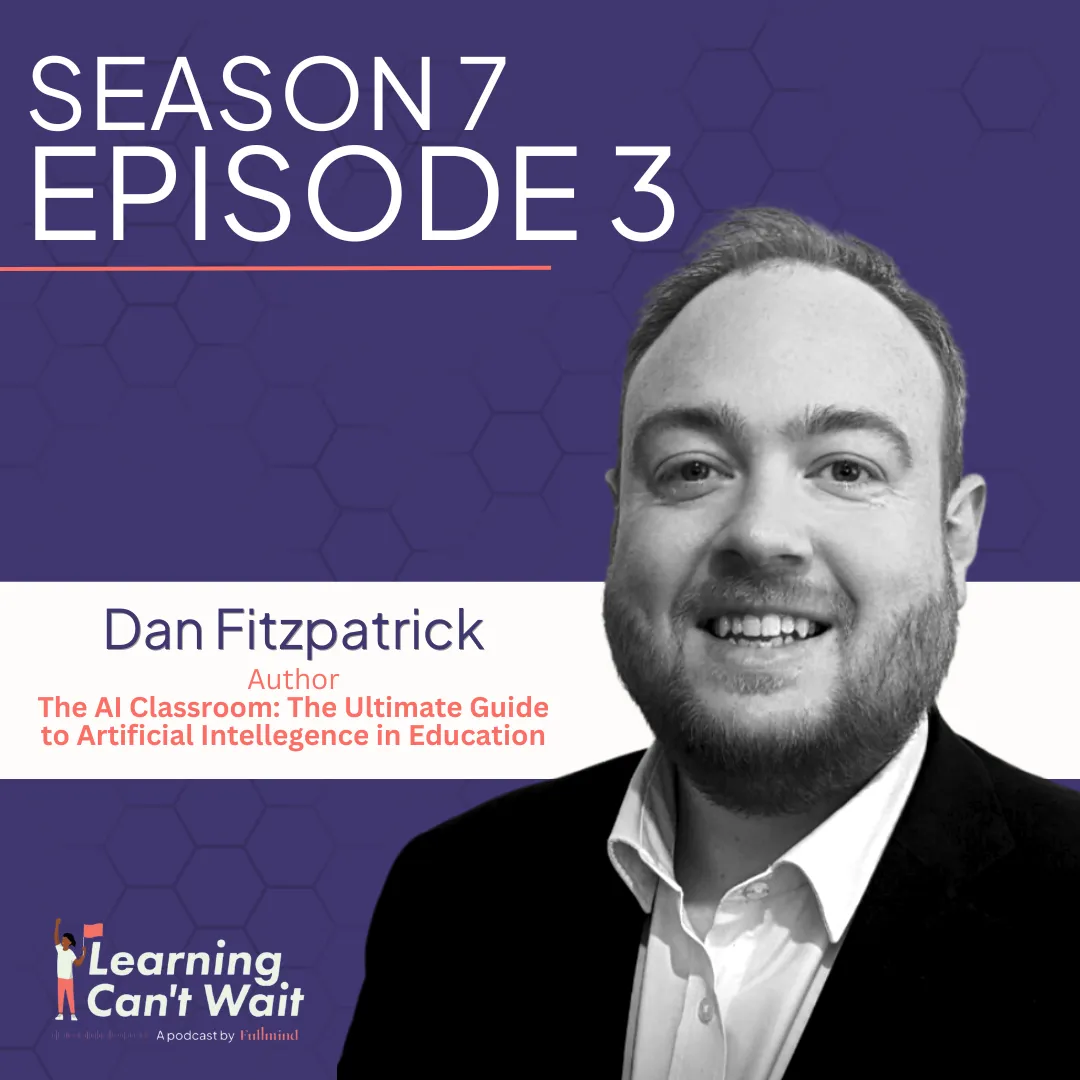

.webp)


.webp)


.webp)
